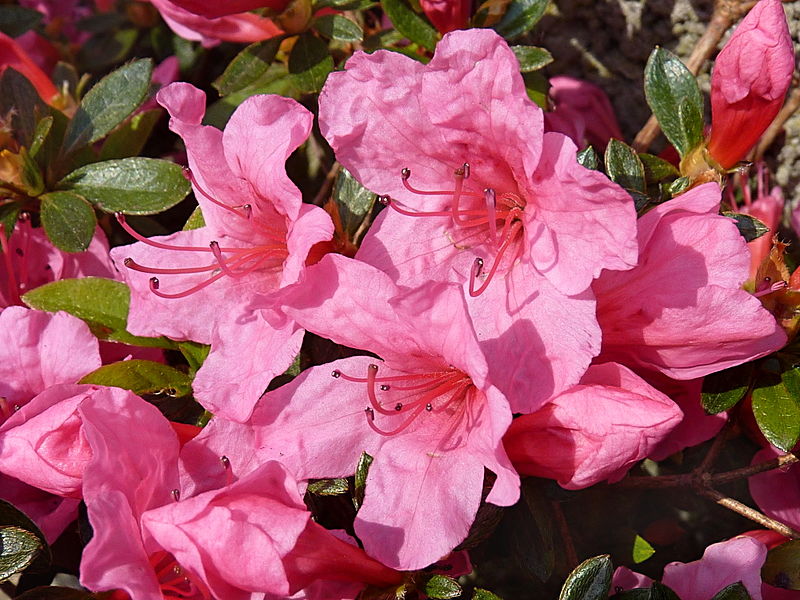





Azaleas, the national flower of Nepal, are part of an ancient group of plants dating back million of years. They are related to rhododendrons and blueberries and are descendents of Asian Shrubs. Azaleas can also be used as a centerpiece for weddings or to replace expensive cut flower arrangements in your home or office. These plants have terminal blooms, which means the entire plant flowers at one time, making a beautiful display. Since florist Azalea Plants are different than outdoor Azalea Plants, they rarely do well planted outside in your garden.
These plants are considered poisonousPlants are a great addition to homes and offices, but it’s important to know whether your plants are dangerous to children, pets, or even adults. Some plants contain chemicals such as oxalates, solanine, glycosides, or alkaloid lycorine that may cause vomiting, nausea, diarrhea, swelling and redness of the mouth, throat, and lips, and trouble breathing. Touching parts of certain plants, especially the sap, may cause various skin irritations. The weight and age of the human or pet involved, and the part and amount of plant eaten determine how severe the reaction to the toxins will be. Although plants may be listed as non-toxic, they can still cause individual allergic reactions. If there is any question after a houseplant has been ingested or touched immediately call the Poison Control Center 1-800-222-1222 The Handbook of Poisonous and Injurious Plants [Paperback]is an excellent reference to keep around if you have young children and pets. and should be kept away from pets and children. Read more about common houseplants that are poisonousPlants are a great addition to homes and offices, but it’s important to know whether your plants are dangerous to children, pets, or even adults. Some plants contain chemicals such as oxalates, solanine, glycosides, or alkaloid lycorine that may cause vomiting, nausea, diarrhea, swelling and redness of the mouth, throat, and lips, and trouble breathing. Touching parts of certain plants, especially the sap, may cause various skin irritations. The weight and age of the human or pet involved, and the part and amount of plant eaten determine how severe the reaction to the toxins will be. Although plants may be listed as non-toxic, they can still cause individual allergic reactions. If there is any question after a houseplant has been ingested or touched immediately call the Poison Control Center 1-800-222-1222 The Handbook of Poisonous and Injurious Plants [Paperback]is an excellent reference to keep around if you have young children and pets. in Don’t Feed Me To Your Cat! A Guide to Poisonous HouseplantsIn her new book, Don’t Feed Me to Your Cat!, plant care professional Judy Feldstein shares information about twenty-five common houseplants, each with various levels of toxicity, and the possible consequences if your pet or child snacks on them.

Copyright © www.100flowers.win Botanic Garden All Rights Reserved